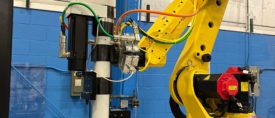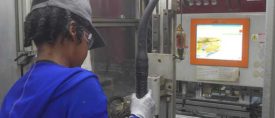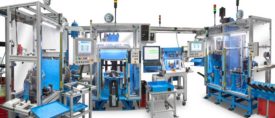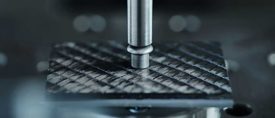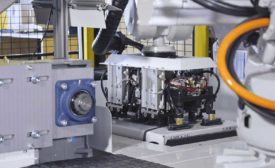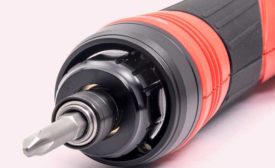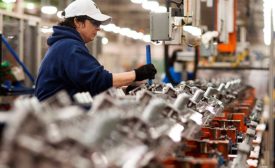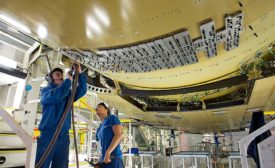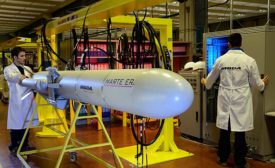John Sprovieri
John has been with ASSEMBLY magazine since February 1997. John was formerly with a national medical news magazine, and has written for Pathology Today and the Green Bay Press-Gazette. John holds a B.A. in journalism from Northwestern University, Medill School of Journalism.
ARTICLES
Optimizing Work Cells for Press-fit Assembly
There are many ways to boost productivity in pressing operations.
June 27, 2023
Best Practices for Semiautomatic Screwdriving
The cost of fasteners is often not as important as the cost of installing them.
June 25, 2023
Manual, Semiautomatic or Fully Automatic?
The degree of automation on an assembly line depends on such factors as production volume, variety, complexity and cost.
June 25, 2023
What’s New With Riveting
Here’s a look at some of the latest riveting technologies.
June 6, 2023
Hot Forming Titanium
Hot forming enables aerospace manufacturers to produce parts with complex shapes at lower tonnages without fracturing, spring-back or residual stress.
May 11, 2023
Software Simplifies Programming of Robots
New software enables defense contractor to program robots quickly and easily for high-mix production.
May 9, 2023
Never miss the latest news and trends driving the manufacturing industry
Stay in the know on the latest assembly trends.
JOIN TODAY!Copyright ©2024. All Rights Reserved BNP Media.
Design, CMS, Hosting & Web Development :: ePublishing


